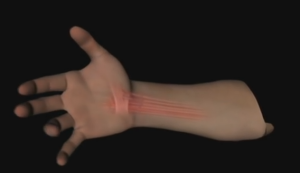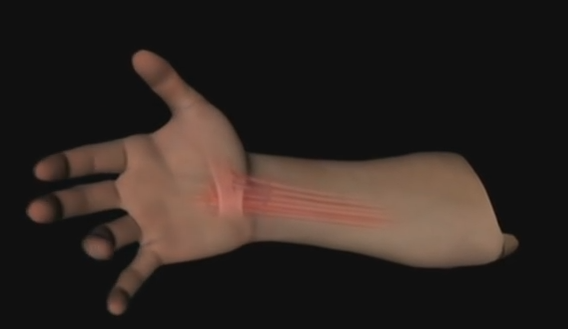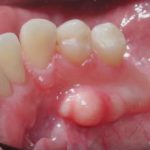Carpal tunnel pain is associated with a condition known as carpal tunnel syndrome which is marked irritation of the median nerve present in the wrist. This nerve passed down from the forearm, enters the carpal tunnel situated in the middle section of the wrist, and then travels to the hand. The irritation is what causes tingling, numbness, weakness, and pain in the carpal tunnel region and the hand. The index, thumb, and middle finger are mainly affected by the pain and other sensations, which often intensify at night.
Carpal tunnel pain is not that common and is generally observed to affect middle-aged women. The exact cause of the syndrome usually cannot be identified. Physical tests and a host of varied tests, including the symptoms experienced by the patient help in determining a diagnosis of the condition.
The condition is not a medical emergency. Most cases can get resolved via non-surgical methods such as wearing a wrist brace. Prolonged cases of carpal tunnel syndrome may be indicative of permanent nerve damage. In such instances, there may be atrophy of the hand muscles, weakness, and numbness. Subsequent treatment is aimed at ensuring proper function of the hand.

Symptoms accompanying carpal tunnel pain
It is possible to be diagnosed with carpal tunnel syndrome if a person suffers from only pain in the wrist area and not the other additional symptoms associated with the condition. Some of the signs and symptoms that may accompany carpal tunnel pain are listed below:
- Numbness and tingling along with pain. These sensations may travel up the arm to the elbow.
- Burning pain, numbness, and tingling that can affect the middle finger, the thumb, and the index finger.
- Weakness in the hands
- Problems in handling or feeling small things
- Dropping things as they cannot he held with strength
The above symptoms typically tend to become more intense during nighttime. They can sometime be eased for a short period by ‘shaking out’ the hands.
Causes of carpal tunnel pain
Carpal tunnel pain can occur due to application of any kind of direct excessive pressure on the wrist’s median nerve. It is also known that hand positions that exert increased extension and flexion of the wrist can elevate the pressure inside the carpal tunnel, thereby increased the pressure on the nerve. Repeated strain injuries to the wrist is one such scenario that can lead to carpal tunnel pain.
The association between carpal tunnel pain and work or job types is also not that clear. The frequency, intensity, and duration of the kind of job that a patient does and its association with the onset of carpal tunnel pain is also still a subject of research.
Treatment of carpal tunnel pain
Mild cases of carpal tunnel pain can be treated with home care as discussed below:
- Wear a wrist splint that places the affected wrist in the best position, i.e., 30 degrees of extension, so as to decrease nerve irritation and rest it. The brace needs to be worn for 4 to 6 weeks. Depending on the severity of symptoms, patients may wear the splint during the day or at night, or both times. If pain persists even after 6 weeks, then other treatments are needed.
- For some patients administration of steroid injections at the carpal tunnel canal can help bring relief as well as help treat the condition.
- Even though carpal tunnel syndrome is not inflammatory, doctors may prescribe anti-inflammatory drugs to patients who complain of severe pain. Such pain killers can only alleviate the pain and not cure the syndrome.
Advanced cases of carpal tunnel syndrome need to be treated via surgical means as discussed below:
- Surgical treatment of carpal tunnel syndrome is aimed at alleviating the pressure exerted on the median nerve. It is done by making a tiny cut on the side of the palm on the wrist and then release the ligaments that enclose the carpal canal. This process helps increase the size of the canal, thereby easing the pressure on the median nerve. It may be noted that some patients may experience immediate relief after surgery, while others with elevated nerve pressure and prolonged pain may find relief after some time.
- The wound is dressed with the fingers left free so that they can be used. The hands can be generally used freely within a couple of days post-surgery. Light work can be restarted in 3 to 4 weeks, while patients need to wait for 6 weeks before beginning heavy work.
- Surgical treatment of carpal tunnel pain is generally safe. But it does come with certain side effects such as problems in wound recovery, infection, pain from wound, stiffness, and injury to the nerve.
- Pain, stiffness, and swelling after surgery can be alleviated via physical therapy. Such therapy can also help gain the hand strength back.
Researchers have tried changes to keyboards, workstations, and varied tools so as to prevent instances of carpal tunnel pain. But the effect of such changes is still not known. Also, people with wrist arthritis need to treat it properly to prevent the onset of carpal tunnel pain.

